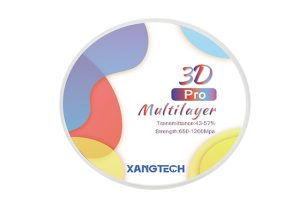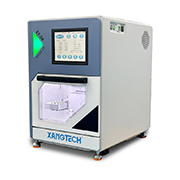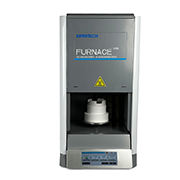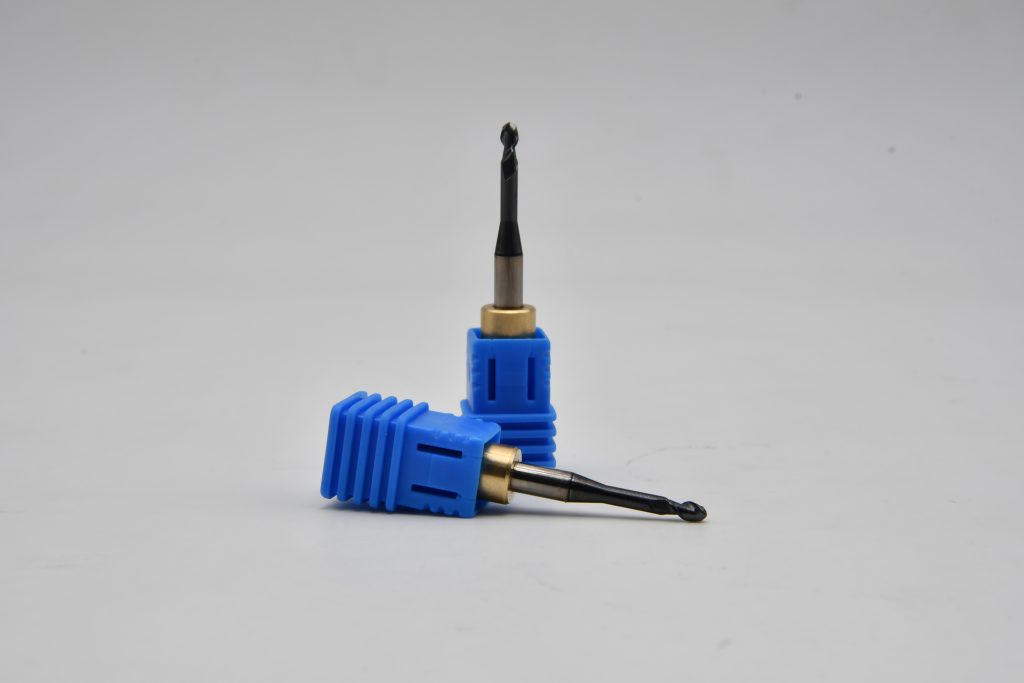What Are Milling Burs and Why Are They Essential in Dental Applications?
What Is a Milling Bur and How Does It Function?
A milling bur is a precise cutting instrument used in dental CAD/CAM systems to shape, carve and refine materials into dental restorations like crowns, bridges, inlays and veneers. These tools spin rapidly in a milling machine, removing material layer by layer with great accuracy. The bur’s design—such as its flute shape, tip style and coating—affects how well it cuts various materials.
The CEREC 3 milling bur is user-friendly and efficient. It offers a quick chairside restoration solution for dental clinics. It processes common materials like glass ceramics and composite resins swiftly.
Key Roles of Milling Burs in Dental Restoration Processes
Milling burs are vital to modern dentistry’s digital workflow. They turn 3D CAD designs into physical restorations with accurate margins and contours that match a patient’s oral structure. High-quality burs produce smooth surfaces, precise occlusal contacts and reduce the need for post-milling adjustments. They handle both rough and fine milling, streamlining the entire production process.
Their durable carbide material and effective cutting performance allow quick completion of rough and fine milling steps. This boosts the clinic’s efficiency.
Types of Materials Commonly Milled with Burs
Dental milling burs work on various materials based on clinical requirements:
- Zirconia Blocks: Valued for strength and biocompatibility.
- Lithium Disilicate: Prized for its aesthetic appeal and translucency.
- PMMA Discs: Used for temporary restorations.
- Wax Blocks: Suitable for testing designs before final production.
- PEEK Blocks: Provide high mechanical stability for frameworks.
Llithium disilicate offers excellent chemical stability and strong bending strength for restorations. Wax blocks resist deformation during handling, ensuring exceptional stability and precision.
How Do You Select the Right Milling Bur for Different Materials?
What Factors Should Be Considered When Choosing a Milling Bur?
Material Compatibility and Bur Composition
Different materials need specific bur types due to their hardness or abrasiveness. For instance:
- Zirconia requires diamond-coated or carbide burs because of its density.
- PMMA or wax can use standard steel or carbide burs.
- Metal alloys need sturdy burs with improved wear resistance.
Machine Compatibility and Spindle Speed Requirements
Not every bur works with all milling machines. Consider factors like spindle speed range, tool holder size, axis movement (e.g., 4-axis or 5-axis) and software compatibility to match bur specifications.
Which Burs Are Best for Wax, Metal and Polishing?
Characteristics of Wax Milling Burs
Wax needs less forceful cutting. Burs for wax are designed for low-resistance cutting with anti-static features to prevent clogging.
XANGTECH wax block has excellent anti-static properties, reducing maintenance time significantly.
Features of Metal Milling Burs
Metal milling burs must endure high stress without chipping or dulling. They often have reinforced tips or coatings to improve heat resistance.
Benefits of Using Specialized Polishing Burs
Polishing burs smooth surfaces after milling instead of cutting. They create glossy finishes crucial for aesthetic restorations and reduce manual polishing effort.
What Makes XANGTECH Milling Burs Stand Out in Performance and Reliability?
How Does XANGTECH Address Common Bur Issues Like Chipping or Clogging?
Durability is key for dental tools. Our milling burs use advanced materials to resist chipping, even when cutting hard materials like zirconia or metal alloys at high speeds. Our wax-specific burs have anti-static properties to minimize clogging during use.
Unlike standard wax materials, our product has a high melting point. This makes it resistant to heat generated during milling.
Product Highlights: XANGTECH Milling Burs
Durability and Precision Engineering
Our CEREC 3 milling bur reflects our commitment to quality. It’s easy to install, integrates with systems, is cost-effective and highly durable.
The CEREC 3 milling bur is budget-friendly, offering an accessible digital restoration solution for clinics.
Optimized Cutting Efficiency for Various Dental Materials
From zirconia blocks needing robust carbide tools to PMMA discs requiring gentle yet precise shaping, we provide customized solutions for all material types.

Why Professionals Choose XANGTECH for Consistent Results
With over 11 years in dental laboratory manufacturing, XANGTECH has earned global trust. Our products meet strict quality standards, offering reliable solutions for dental labs.
Our 11 years of experience ensure trusted quality and reliability. We offer a complete solution for dental laboratories.
How to Prolong the Lifespan of Your Milling Burs?
Best Practices for Maintenance and Handling
Proper Cleaning Techniques to Prevent Clogging
After using burs, especially with resinous materials like PMMA or wax, clean them thoroughly. This prevents buildup that could harm performance.
Storage Recommendations to Avoid Damage
Store burs in designated holders, away from moisture or contaminants. Avoid dropping them, as small dents can reduce cutting accuracy.
How Can Operational Pattern Affect Tool Longevity?
Excessive force or incorrect spindle speeds can exacerbate wear. Please follow the manufacturer’s advice on feed rates, depth cuts, cooling systems (if needed) and spindle RPMs for each material.
What Are the Signs That Indicate It’s Time to Replace a Milling Bur?
Identifying Wear, Dullness, or Inaccuracy During Use
Look for flattened cutting edges, unusual vibrations, longer milling times, or poor surface finishes on restorations.
What Happens If You Keep Using a Worn-Out Bur?
Using a worn bur leads to poor restoration quality. It risks damaging costly materials or overloading the spindle motor, potentially causing machine downtime.

FAQ
Q: How do I choose the right XANGTECH milling bur for my material?
A: Check our product page, where each bur type is paired with compatible materials like zirconia blocks, PMMA discs, metal alloys or wax blocks based on their properties.
Q: Can I use one bur type across different machines?
A: Some XANGTECH burs, like our CEREC 3-compatible options, work across machines. Always check shaft diameter and length against your machine’s specifications.
Q: What maintenance routine extends bur life?
A: Clean burs after each use, ideally with ultrasonic cleaners. Avoid excessive pressure, store properly and replace them when performance drops, even if they look intact.












